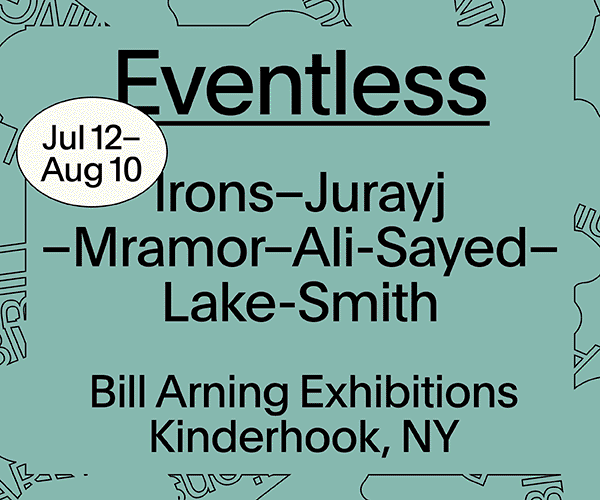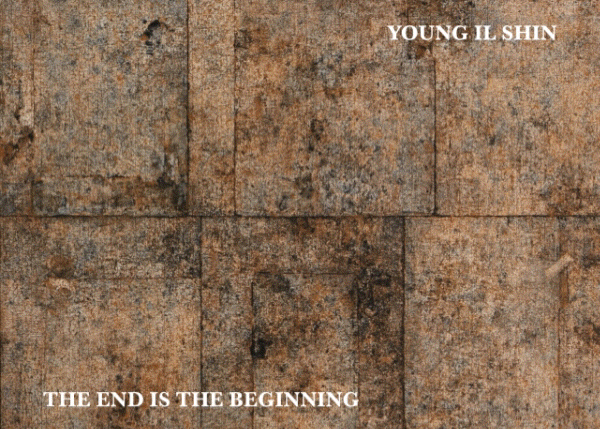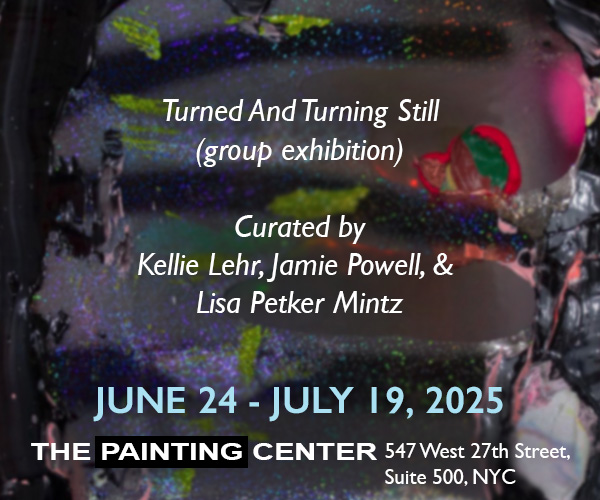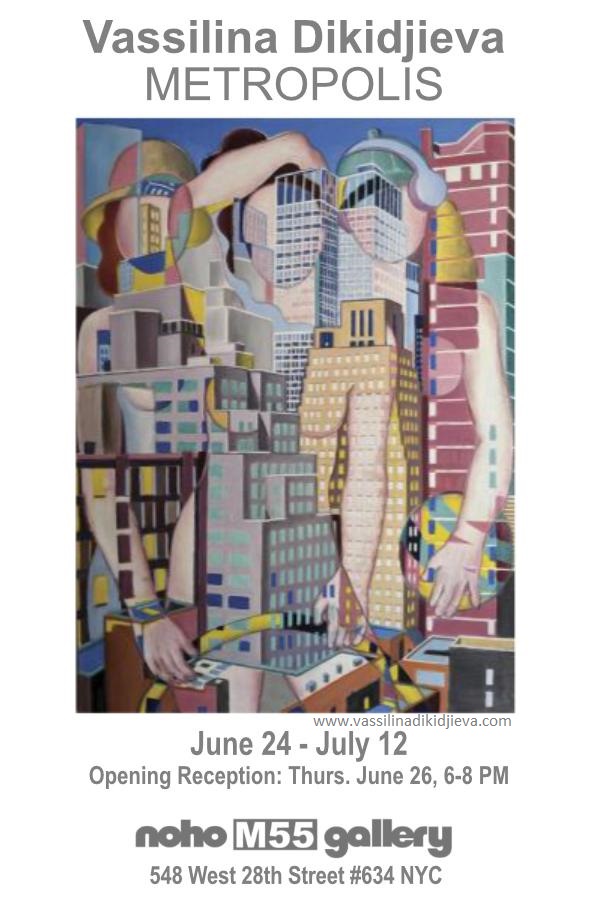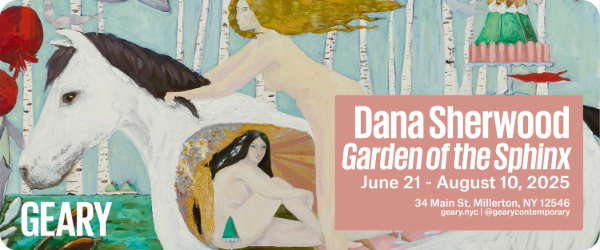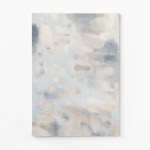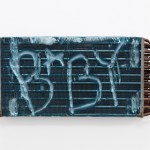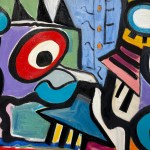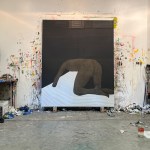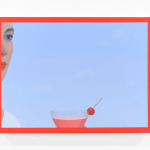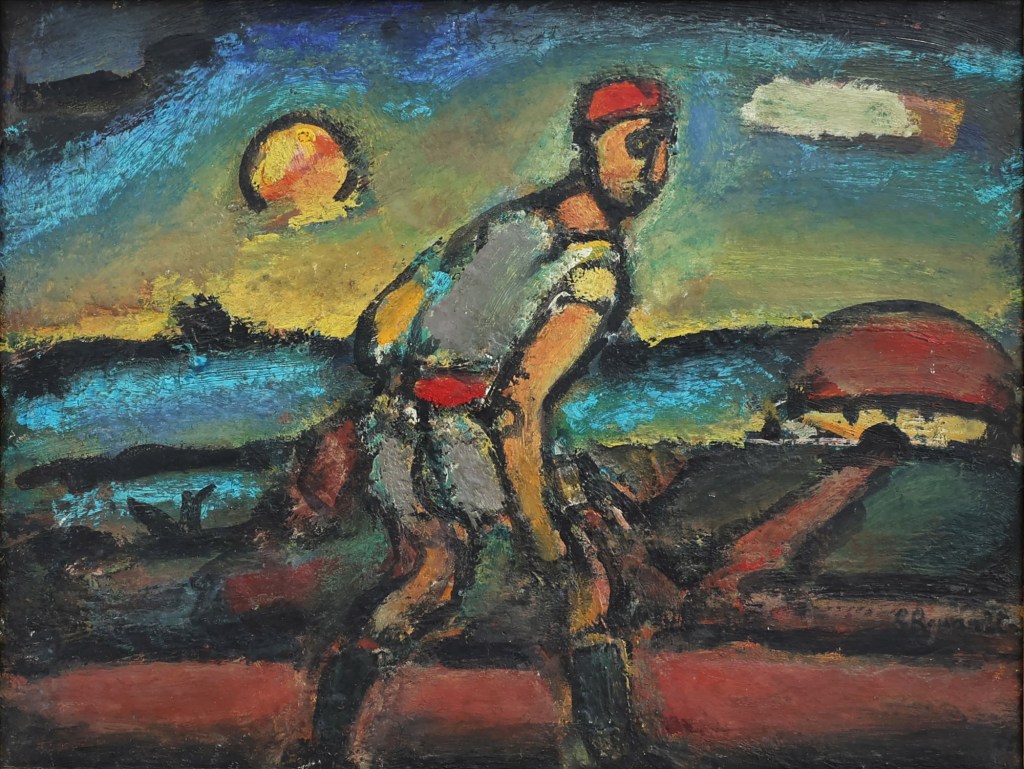
14 3/4 x 19 1/4 inches, (37.5 x 48.9 cm)
Contributed by John Goodrich / Georges Rouault’s star has fallen considerably since 1945, the year the curator and collector James Thrall Soby dubbed him “one of few major figures in 20th century painting.” The artist’s religiosity and stained-glass-window style are not so captivating today. Critics have found Rouault (1871–1958) difficult to locate historically, as he adhered to no mainstream movement and had no real followers. Clement Greenberg even seemed to question his spiritual bona-fides, describing him as “middlebrow” and a “narrow virtuoso, maintaining content in order to exploit a style – unlike Matisse and Picasso, who work at and change style in order to achieve content.” Apart from a 2008 exhibition at Boston College, the last museum exhibition of his paintings in this country was the 1953 retrospective organized by MoMA and the Cleveland Museum of Art.
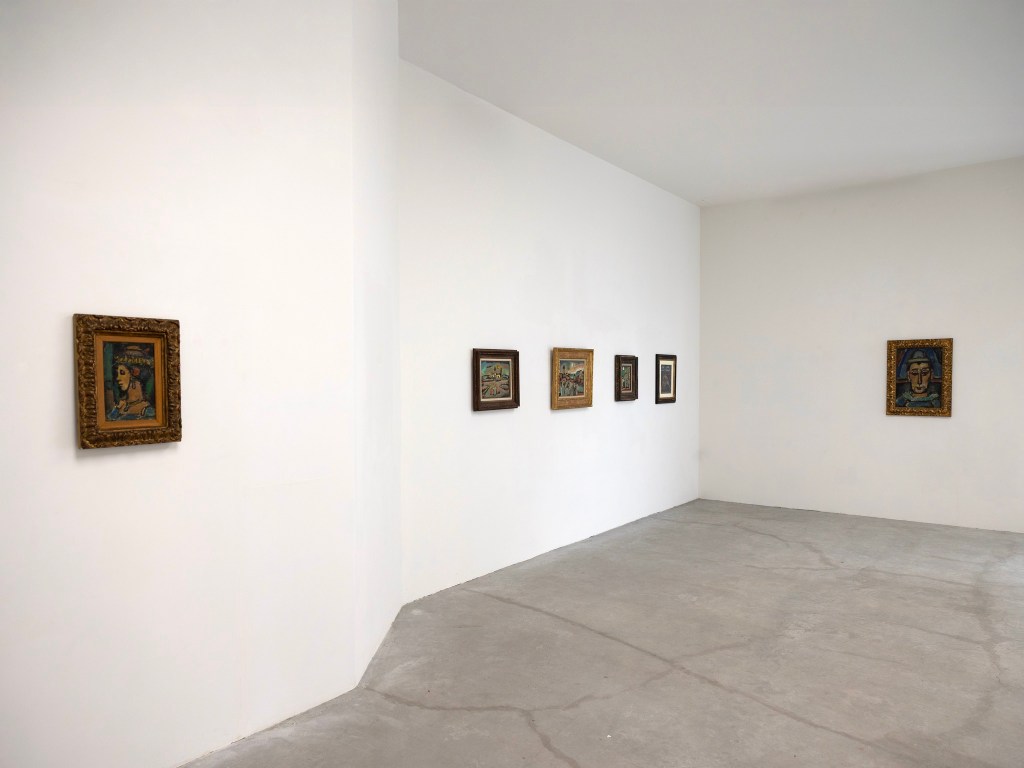
The 21 paintings now on view at Shin Gallery invite a reassessment. Organized in conjunction with Skarstedt Gallery, the exhibition offers a particularly strong selection of the Rouault’s work. The work hits on familiar themes: world-weary clowns, abject prostitutes, reductive landscapes spreading beneath blazing suns, icon-like bouquets and portraits. Throughout, impatient black outlines impose order on patches of glowing color. The exhibition includes none of his prints – a mixed blessing, as it deprives viewers of the luscious, velvety tones of his black and white prints but also spares them the less evocatively modulated hues of his late color etchings.
For those interrogating social issues, the paintings may seem touching but trite in their stylization and reflexive spiritual messaging. But style and themes seemed to be the artist’s means to a greater end. Rouault’s mastery of color makes the exhibition thoroughly moving overall, at points exhilarating. Not every work is a masterpiece, but the installation resonates with a clarity of purpose in drawing on painting traditions. The work does feel spiritual – not as illustrated homilies but as excursions in a mysterious discipline city of streets, bouquets, and Nativity scenes.
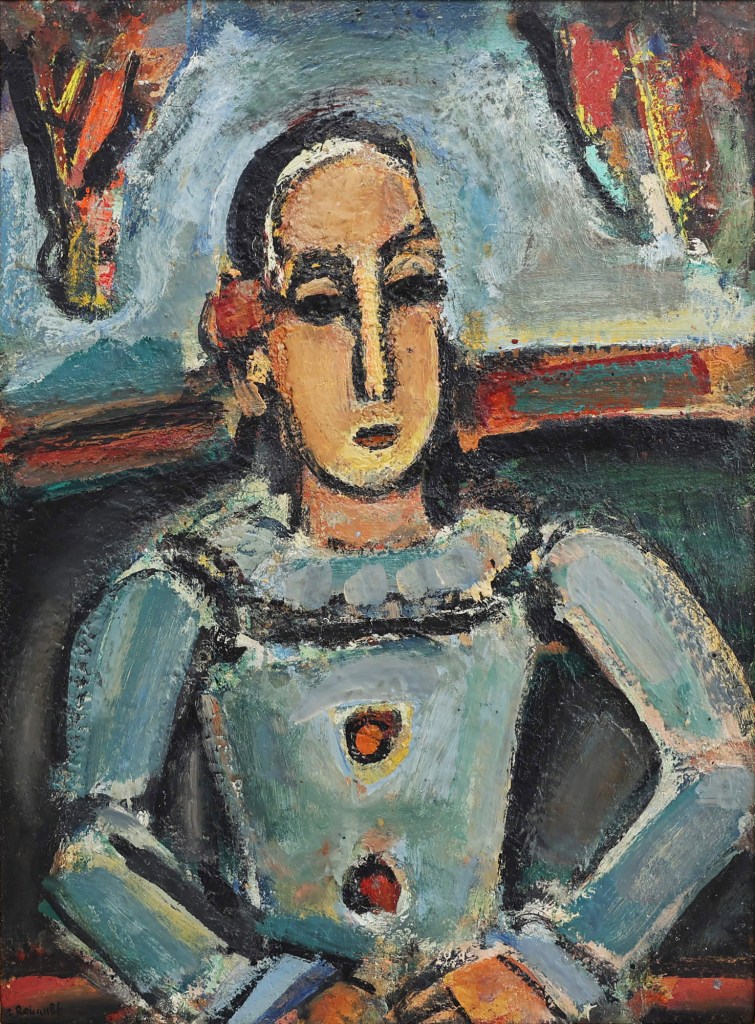
35.37 x 25.63 inches (89.9 x 65.1 cm)
Pierrot (ca.1937–38), one of the first paintings to greet the visitor, at first seems simplicity itself: a half-length portrait of a figure with arms akimbo, shoulders topped by a racetrack-shaped head. But Rouault imparts to these forms an expansiveness, even a grandeur, for reasons that may be at first hard to place. But let’s try. Like the best colorists, Rouault uses pigments not only to register the hues of objects but also to qualify how they occupy space. Color pressures gather, shift, and climax across the canvas to characterize the subject more deeply. The colors in Pierrot, built up of reworked layers, are fairly subdued, ranging from the inkish-brown skin tones to the bluish-green grays of background and costume. Yet a pattern of densities emerges: the figure remains sturdily buoyant, even as it extends across a background divided between deeper, absorbent notes below and a lighter, more spacious zone above. Pressures of colors animate not so much the depths as the intervals across the surface. The broad circulation of the arms releases a series of responses: the slightly tilting division of the background, the off-kilter angles of shoulders and elbows, the barest tipping of the head. The peculiarly long nose – the painting’s brightest element – precisely locates the head’s climactic tilt. True to its modernist roots, the painting simplifies and schematizes, but it also a “a musical nobility of forms,” per the Catholic philosopher Jacques Maritain, that distantly echoes the dignity of a portrait by Titian.
Le Fugitif (1945–46) shapes, step by step, a deep space from shifting bands of color: a road’s softly glowing red, dimmer greens of fields, improbably brilliant blue flashes of distant hills or perhaps water. Together they set off a lithe, sinuous figure striding in front. A house’s roof and portions of the horizon are reduced to indulgent arcs, and yet all builds to one effect: a loner’s resolve to traverse a deep, brilliant space. Keep looking, and dislocations continue to rhyme across the surface: the culminating head of the figure engages a remote sun; a solitary cloud answers the roof.

Rouault was self-evidently uninterested in naturalism. His drawing style informs through rhythms and intervals. In this respect, he shows greater affinity to Giotto than to academic painters like William-Adolphe Bouguereau. Arguably, only the greatest painters – the likes of Veronese, Courbet, or the elder Bruegel – could simultaneously model and integrate volumes into a climactic scheme of gestures. Rouault thus dispensed with known volumes to pursue transcendent pictorial movement. “For me it is only a matter of trying to transcribe my emotions in plastic form,” he wrote in an article published in 1926. Modernism gave him full license to do this, but unlike many modernists he preserved the pictorial vitality of the masters. Rouault was quite capable of capturing a figure’s musculature, as demonstrated by the supple modeling in the exhibition’s earliest pieces. Fille (Femme aux Cheveux Rouge), a gouache, watercolor, and pastel from 1908, would achieve elegant grace were it not for its acid blues and its subject’s pug-nosed scowl. Acrobates XIII (1913), once owned by Matisse, is notable for the strapping three-dimensionality of the figure’s legs, powerfully supporting his torso.
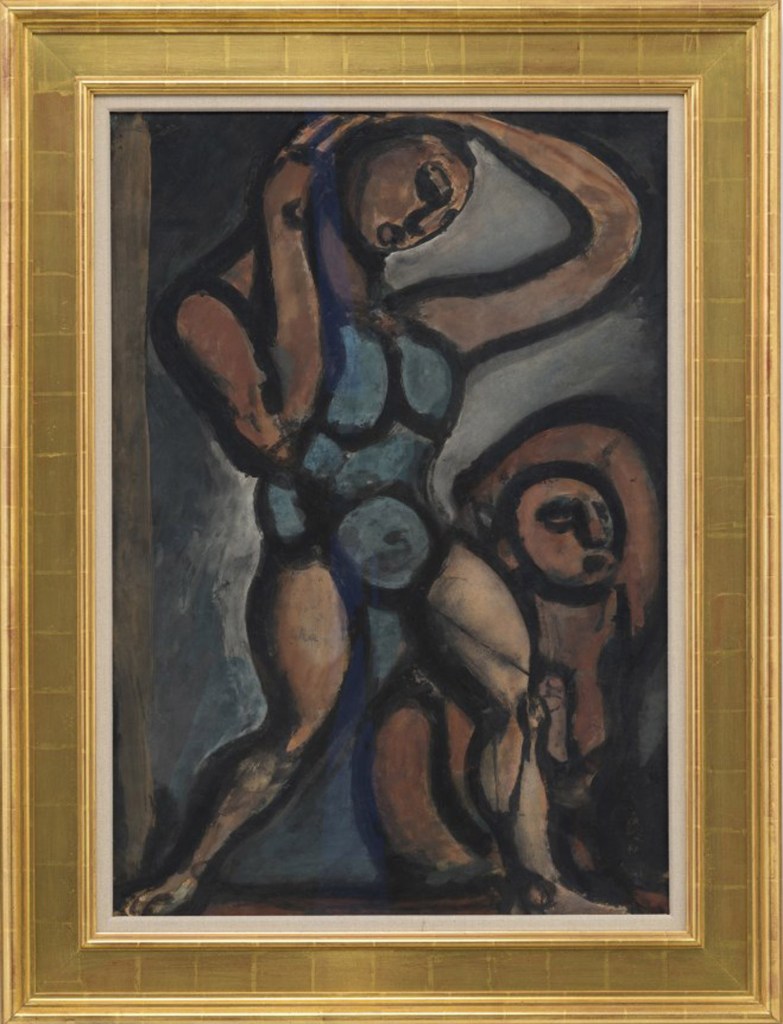
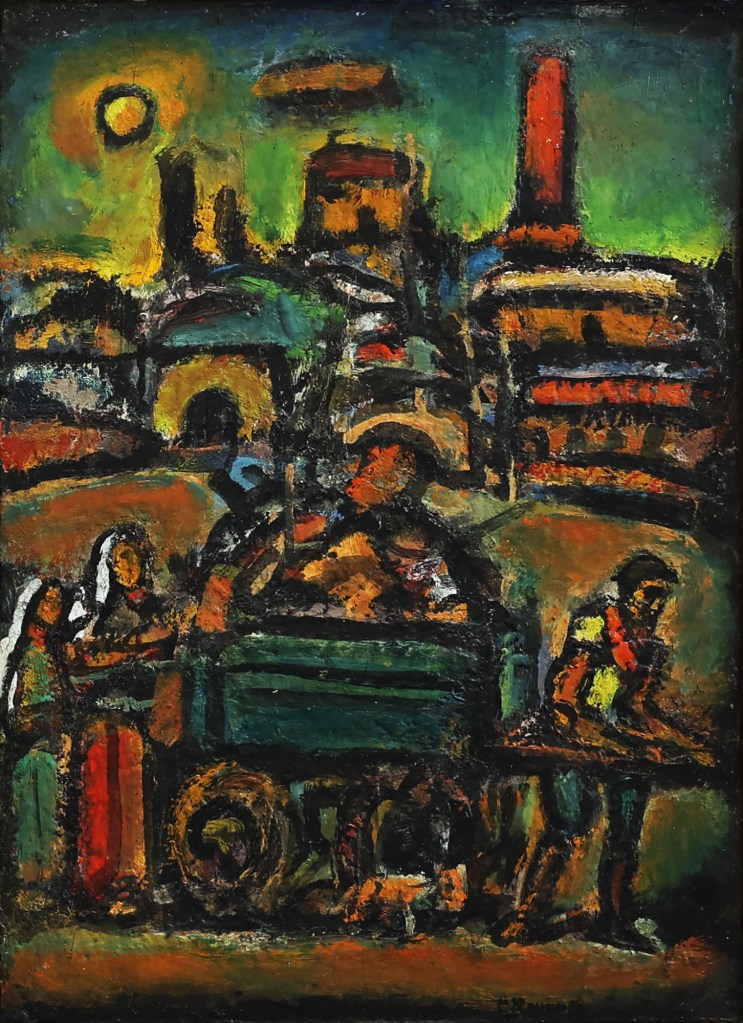
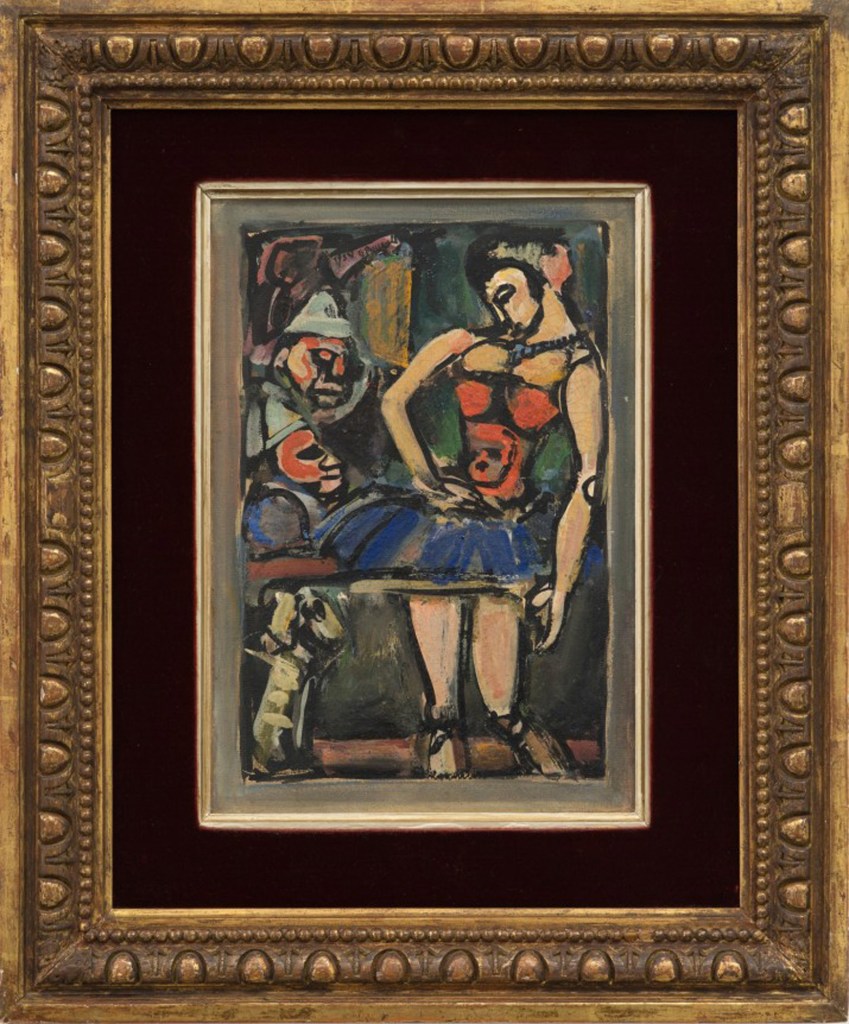
Few sculptural touches appear in later works. But in Rouault’s best paintings, concise moments pin down broader gestures, imparting to them urgency and a sense of scale. In the larger of two 1939 paintings titled Paysans, the small, quick crook of a woman’s lower leg triggers the steady rise of her figure to the shoulder at a point subtly brighter than any other in the painting – a trademark of Rouault’s, very effective in jump-starting a compositional passage, also seen in Vieux faubourg (1946–49) and Antinéa (Danseuse et clowns) (1934) . Despite its cartoon-like simplifications, the artist conjures an extraordinary sense of our own relationship to the figures, whose heads and feet stretch above and below our eye level to fill the canvas. The placement of the lightest note of sky at the horizon enhances the effect.
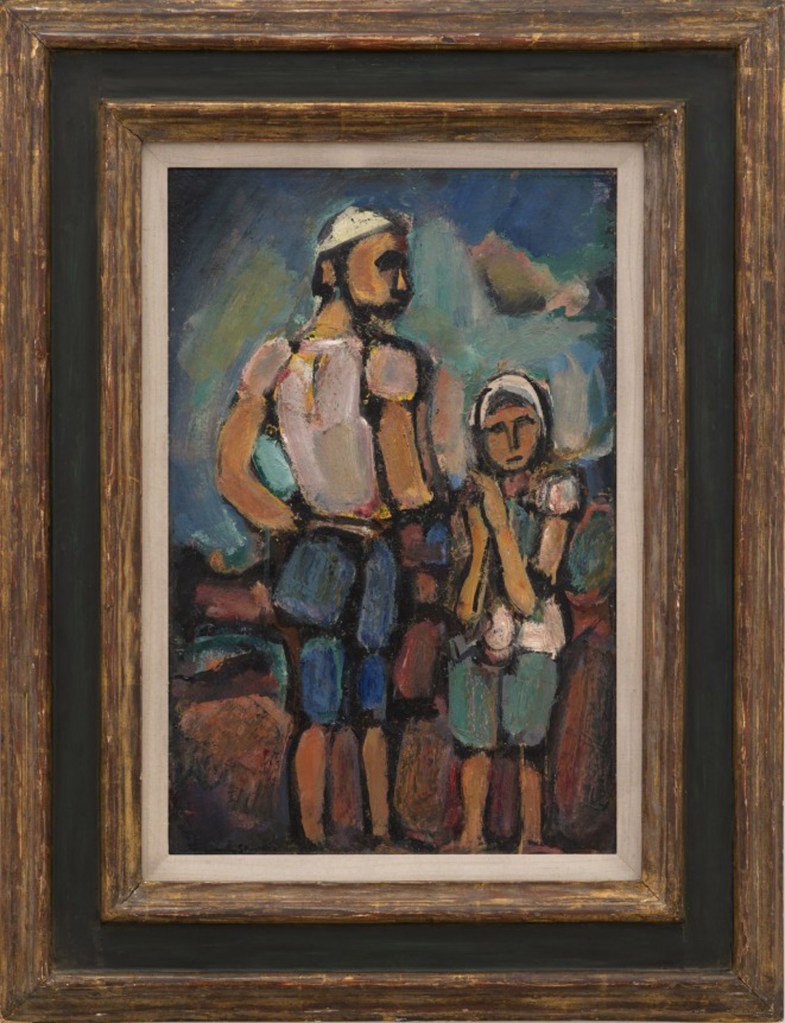
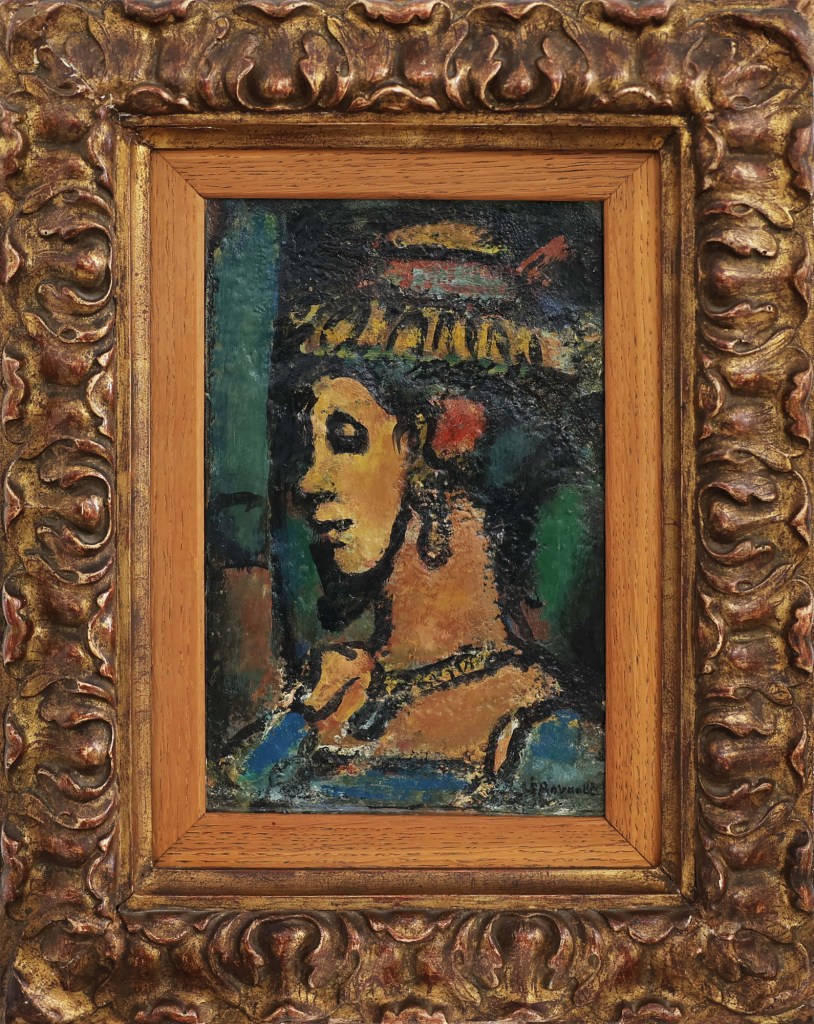
Throughout his adult life, Rouault cultivated the aura of a truth seeker speaking for the abject and the outcast. He seems to have been the real deal. At age 77, rather than submit to the heirs of his long-time dealer Ambroise Vollard, he burned over 300 of his own works that he considered unfinished. His crudeness of style seemed to belie an extreme sensitivity that found its outlet in obsessively worked pictorial rhythms. Occasionally, that sensitivity also shows in a delicately modeled detail, such as the shadowed eye socket of Louisette (1946), in which broad black lines somehow capture the slightest protrusion of a cheekbone into light.
Rouault’s work may call for a different set of eyes – and expectations – than we’d bring to most contemporary painting. Today’s aesthetic sensibilities rely to a great extent on the verbally transmittable, while Rouault’s approach was rooted in a purely visual language. His work also suffers owing to the ways we tend to consume art – through reproductions in print or on screens that incompletely convey the expressivity of color. One must see his work directly to appreciate its full complexity. As for his spiritual bona fides, what better affirmation of the life around us is there than all objects made radiant, solid and purposeful through means larger than ourselves?
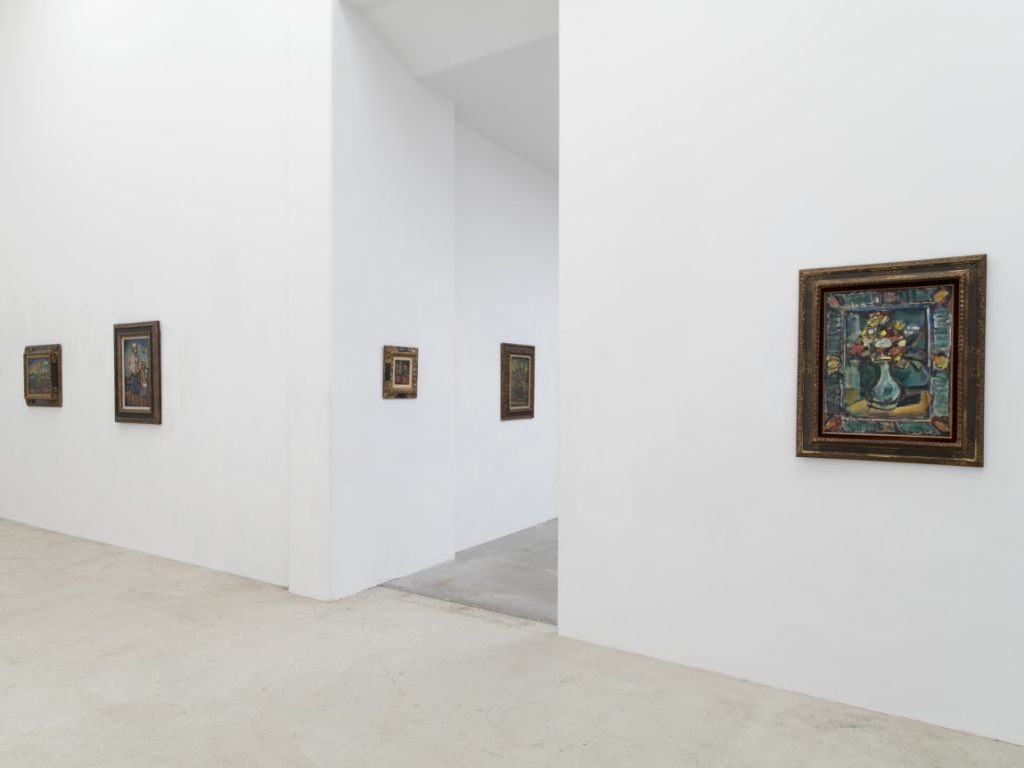
“Georges Rouault,” organized in conjunction with Skarstedt Gallery. Shin Gallery, 68 Orchard Street, New York, NY. Through July 12, 2025.
About the author: Formerly a contributing writer for the New York Sun and Review magazine, John Goodrich paints, teaches, and writes about art in the New York City area. He teaches at Haverford College.

